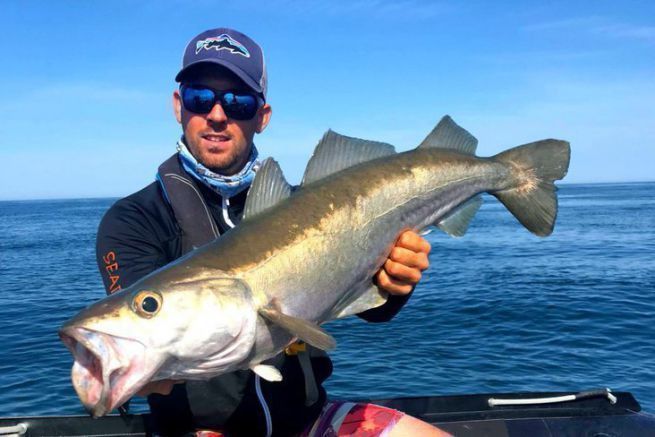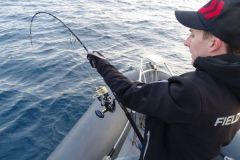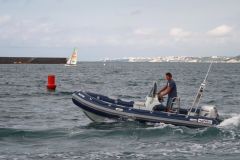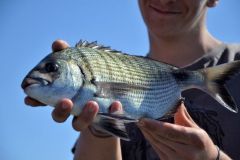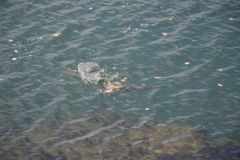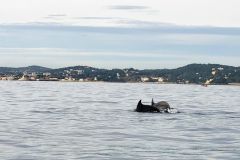After the preparation of your sea trip to go fishing on wrecks (cartography, weather, current tide), it is time to leave the harbor to go and place the boat above the wreck. Let's see how to make a success of your drift.
How to deal with a drift?
When I arrive on the zone I don't position myself directly on the wreck, but next to it in order to estimate the direction and speed of drift between the wind and the current. I make a "blank" drift. By experience, the most beautiful fishes are made on the first drifts, it would be a pity not to fish correctly from the first passage because of a bad positioning of the boat.
Once the drift is known, simply place the boat upstream of the wreck and let it drift with the engine off. The starting distance from the wreck depends on the drift speed. You must leave enough time for the lines to sink to the bottom before reaching the wreck.
Then simply pass over the wreck, keeping an eye on the depth sounder to avoid getting hooked. Continue fishing even if you are no longer on the wreck, many fish are stuck to the bottom sometimes several dozen meters behind.
Alternate drifts on the wreck, but also on the sides of it!
Which fishing rod and lure for wrecks?
Choose a fairly short rod (less than 2 m) with a power of about 20-60g equipped with a reel in size 4 000 or 5 000 depending on the brand. A 20-25 lbs braid and a 40/100 fluorocarbon will do the trick. It is not useful to use too much material, the pleasure will not be the same!
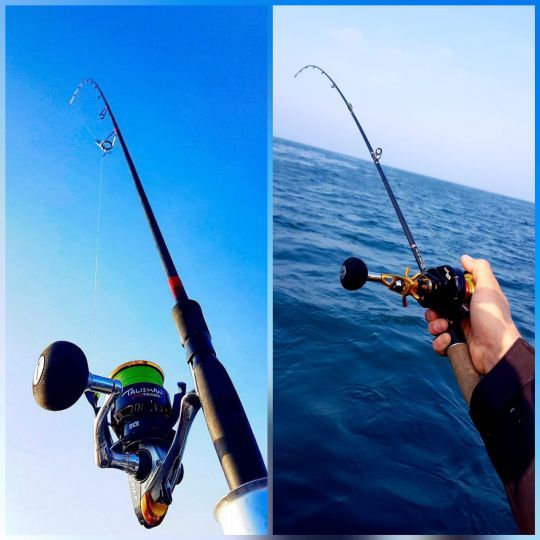
For my part, I use either a casting set with a North fork Composites blank (SJ 606 ) distributed by Rodhouse with a Tica Victor reel (right) or a spinning set with a North Fork Composites blank and a Tica Talisman 4000 (left).
These two reels have one thing in common: a high ratio, i.e. 1m and more of recovery per cranking.
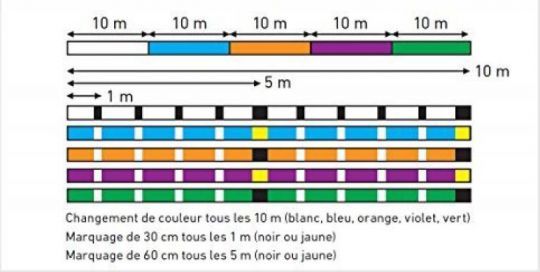
The multicolored braids that change color every 10m are really adapted for this kind of fishing, you can control the descent by knowing permanently at what depth you are.
I use big soft lures and jigs. Don't be afraid to offer the fish big models, it allows to select a minimum of catches.
For soft lures, I like the brand Fiiish with the Black Minnow 200 (size 6) and the Crazy Sandeel 220. I remain faithful to natural colors, even if the tendency is to use fluorescent colors for deep fishing. I didn't really notice any obvious differences, but the majority of the shads available on the market are performing well. The DJ line from Delalande is also one of those I like for its resistance to attacks.
As far as jigs are concerned, I exclusively use the Herring model distributed by Ragot which has the advantage of being available in many weights and colors and of being relatively cheap (count about 6.50 euros for the 150 gr model).
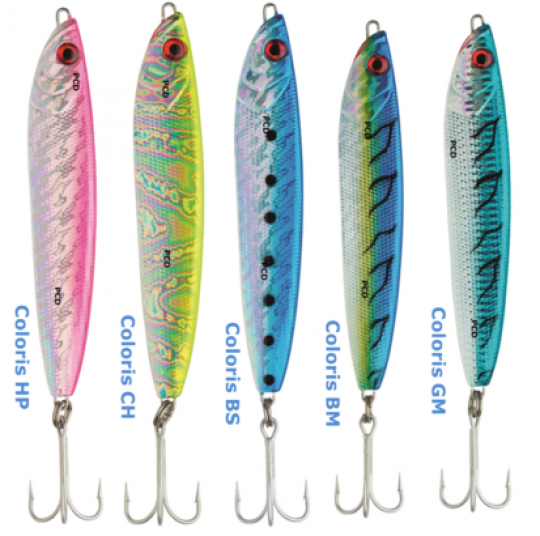
Here are the colors I like the most in weights from 120 to 250 g depending on the current and depth
How to animate your lures ?
As for animation, there are not too many questions to ask. You can either animate your lure by large vertical pulls over the wreck by following the bottom as much as possible with the sounder, but for my taste the most effective method is the so-called elevator.
It consists of making contact with the bottom and then reeling in your lure by continuously casting more or less quickly. You can make a few one-second stops and then accelerate over a few meters.
Don't hesitate to move up at least 20-25 meters from the bottom, it is very common for fish to attack far from the bottom. Then let the lure go back down to the bottom and start to cast again and so on.
This technique has 3 advantages:
- It is simple and accessible to beginners, just let the lure sink to the bottom and reel!
- It limits the risk of crotching because the time spent at the bottom is very short.
- It allows to cover a large area and to explore different water layers without staying on the bottom.
When everything is mastered, the good surprises are then at the appointment with very beautiful fishes in the key.
Fishing for everyone
Wreck fishing is within the reach of everyone. It is relatively simple in terms of technique and equipment. The most difficult part is to find the wrecks that harbor the most beautiful fish. It takes hours of prospecting, but it is worth it.
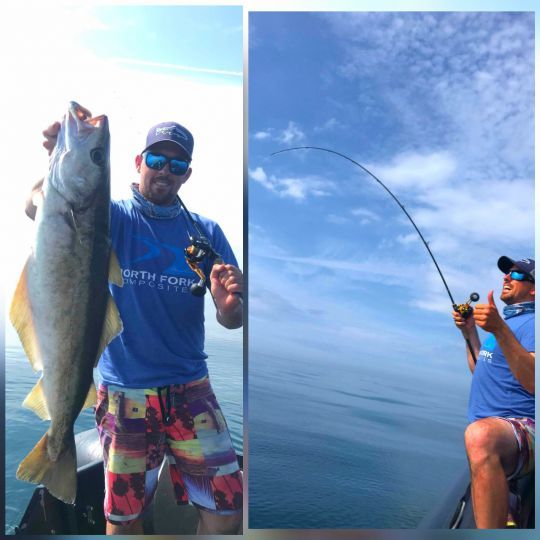
Also keep in mind that at such depths, almost all of the fish caught are dead once they reach the surface. Wrecks are sanctuaries for big fish, so be careful about what you catch (as you would in any fishery). Avoid going back several days in a row and keep them a little secret if you want to preserve this resource.

 /
/ 